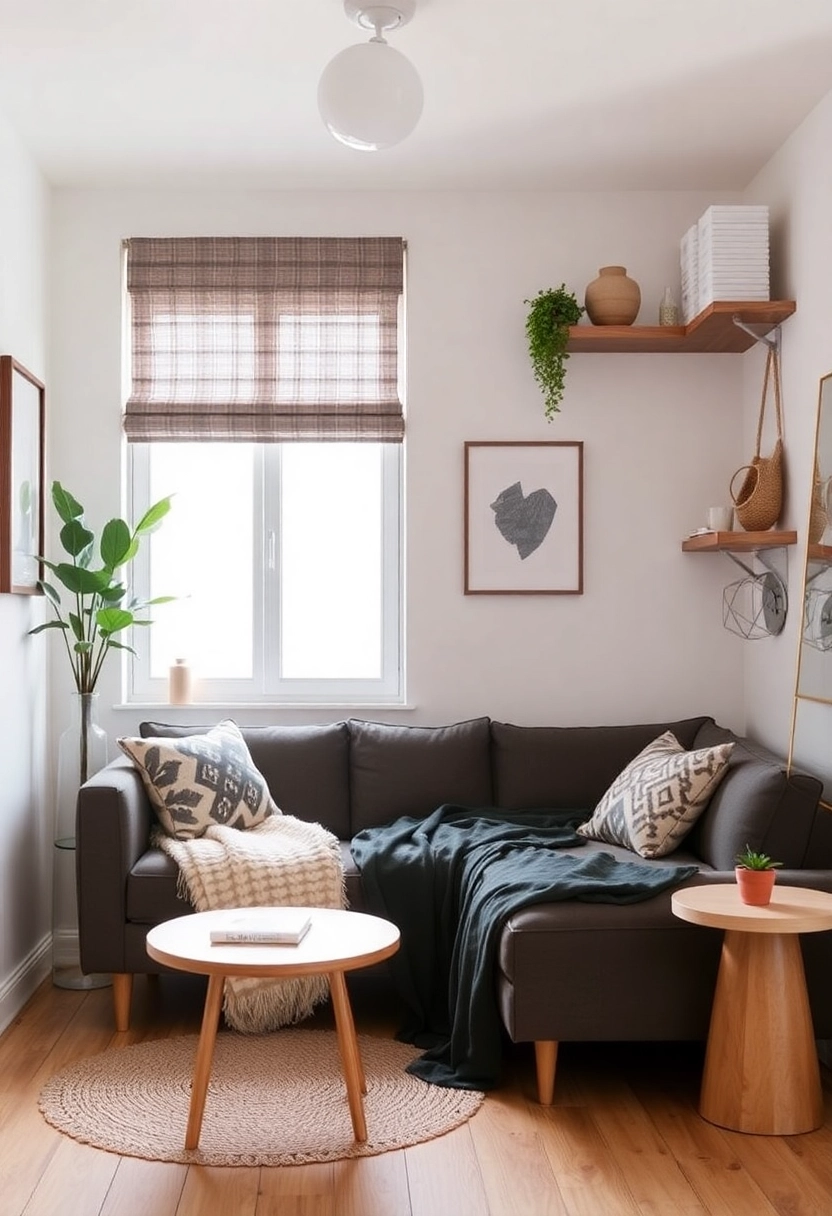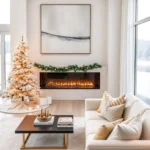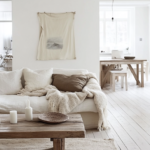Maximizing Small Spaces: Clever Interior Design Tips
Hey there, space-savvy friends! If you’re reading this, chances are you’re living in a cozy apartment, a tiny house, or maybe you’re just trying to make the most out of a small room in your home. Whatever the case, you’re in the right place. Today, we’re diving into the world of small space interior design. It’s all about making the most of what you’ve got, and trust me, with a little creativity and some clever tricks, you can turn even the tiniest of spaces into a functional and stylish haven.
Understanding Your Space

Before we jump into the nitty-gritty of design tips, let’s take a moment to understand your space. Every small space is unique, and the first step in maximizing it is to assess what you’re working with. Take a good look at the layout, the natural light, and any architectural features that might be worth highlighting. Understanding these elements will help you make informed decisions as you start designing.
The Magic of Multi-Functional Furniture
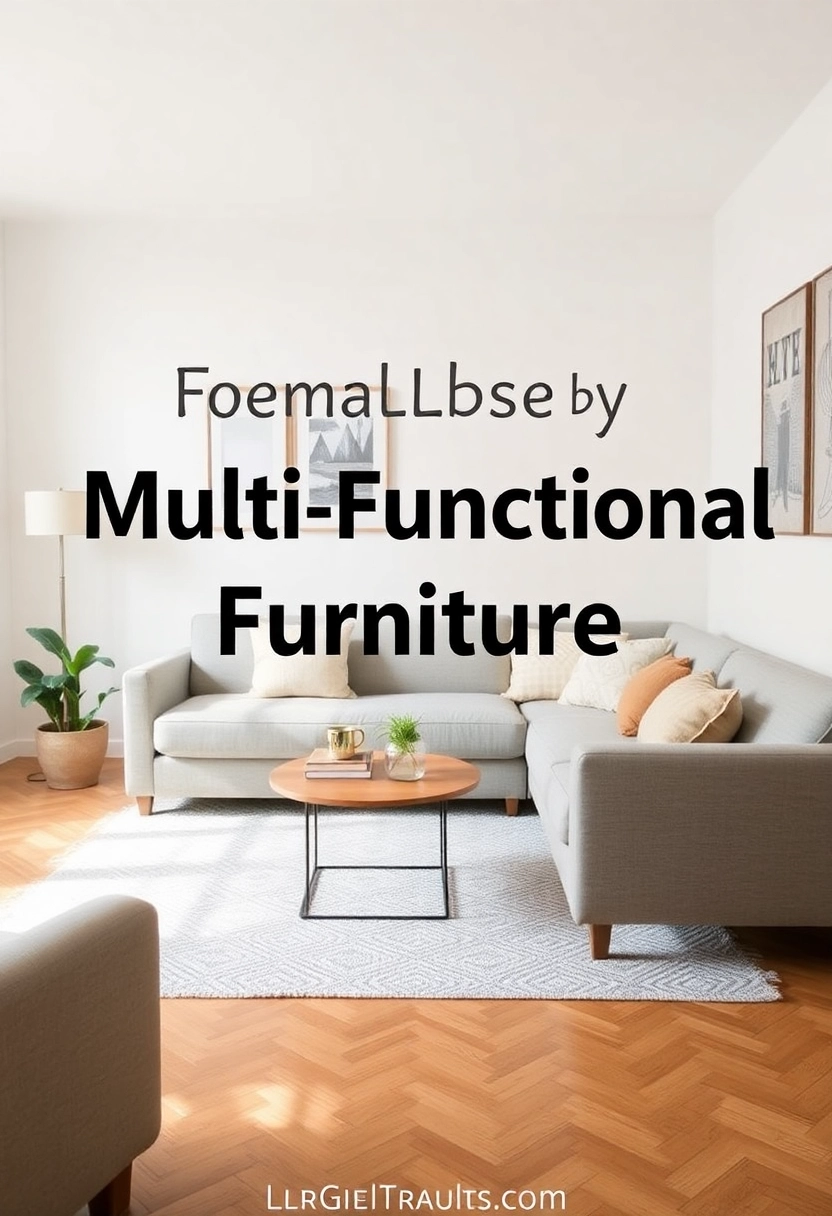
One of the best ways to maximize a small space is by investing in multi-functional furniture. Think of pieces that can serve more than one purpose. For example, a sofa bed is a classic choice for small apartments, providing a comfortable place to sit during the day and a cozy bed at night. Similarly, a coffee table with storage can help keep your living area clutter-free. Consider a dining table that doubles as a desk or a bench with hidden storage. The key is to think outside the box and look for furniture that can adapt to your needs. This not only saves space but also adds a layer of versatility to your home.
Embrace Vertical Space
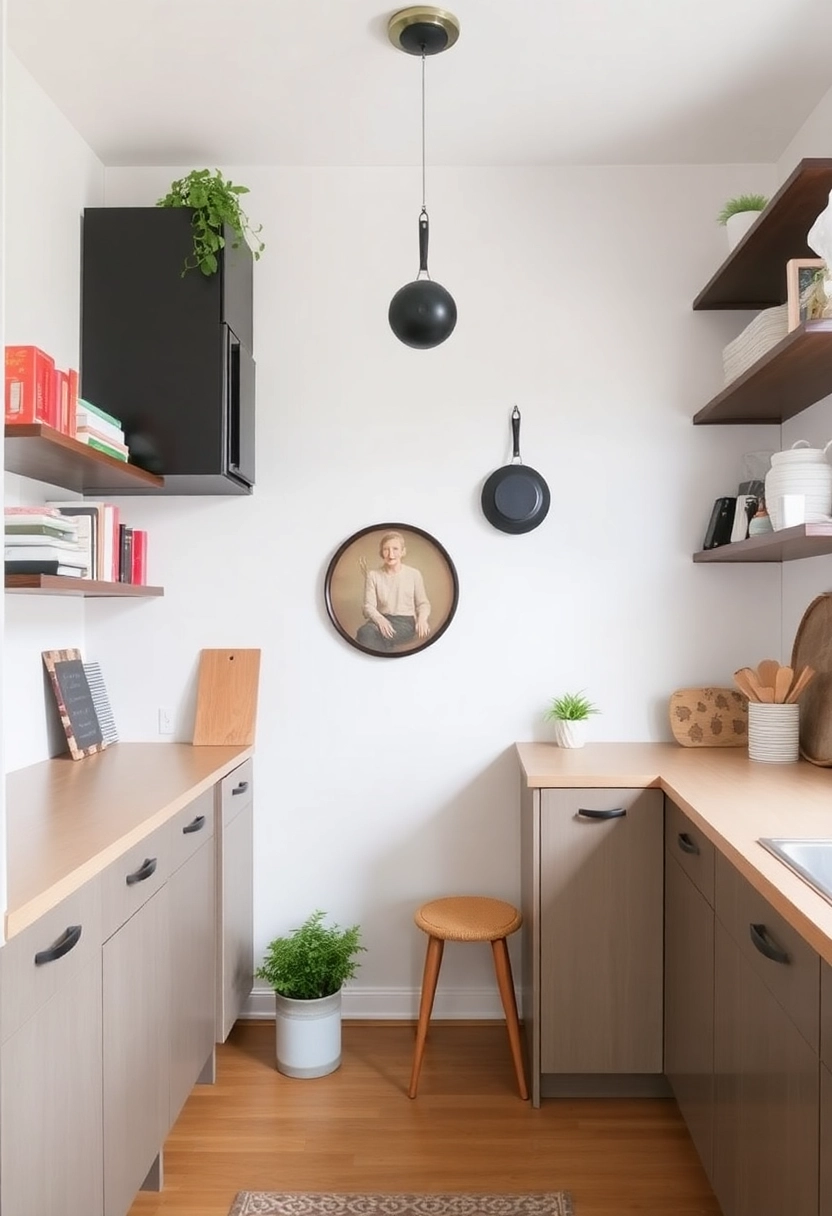
When floor space is limited, it’s time to look up! Utilizing vertical space is a game-changer in small space design. Install shelves or cabinets that reach up to the ceiling to store books, decor, or kitchen essentials. Wall-mounted shelves are perfect for displaying your favorite items without taking up valuable floor space. In the kitchen, consider hanging pots and pans from a ceiling rack. In the bedroom, opt for a tall wardrobe or a loft bed to free up floor space for other activities. The possibilities are endless when you start thinking vertically.
Light and Bright
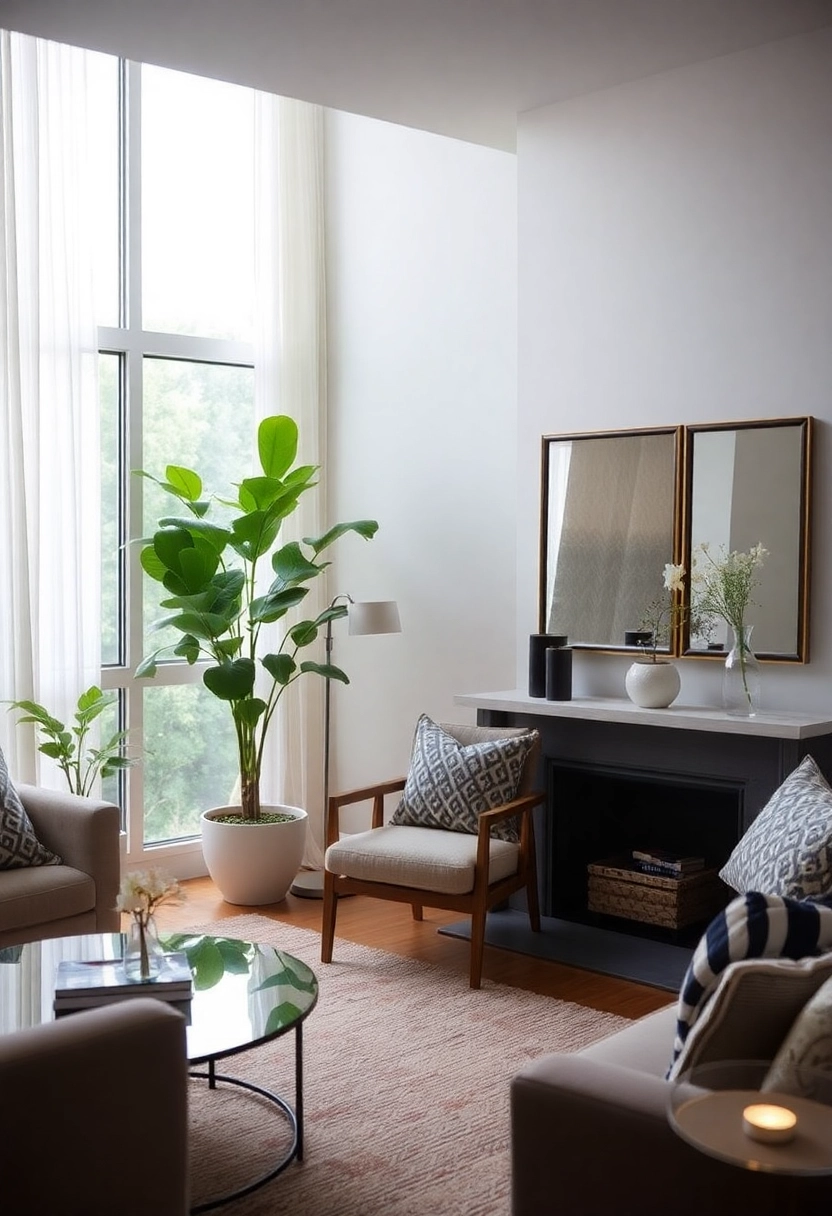
Lighting plays a crucial role in making a small space feel larger and more inviting. Natural light is your best friend, so make the most of it by keeping windows unobstructed and using light, airy curtains. If privacy is a concern, consider sheer curtains that let in light while maintaining some level of seclusion. In addition to natural light, incorporate a variety of artificial lighting sources. Use a combination of overhead lights, floor lamps, and table lamps to create a warm and inviting atmosphere. Mirrors are another fantastic tool for reflecting light and making a space feel more open. Place a large mirror opposite a window to bounce light around the room.
Color and Pattern Play
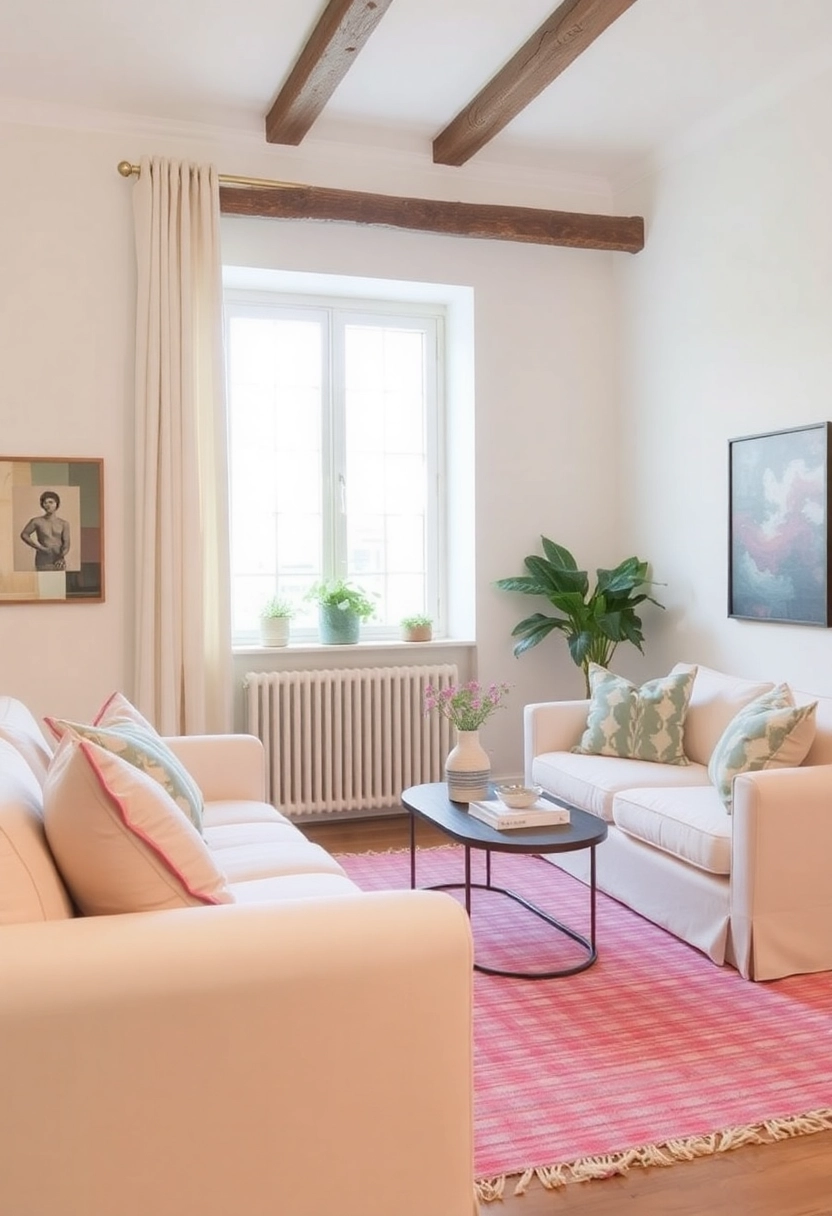
When it comes to color, lighter shades tend to make a space feel larger and more open. Whites, creams, and pastels are great choices for walls and larger pieces of furniture. However, don’t be afraid to add pops of color through accessories like cushions, rugs, and artwork. These can add personality and warmth to your space without overwhelming it. Patterns can also be used strategically in small spaces. Vertical stripes can make a room feel taller, while horizontal stripes can make it feel wider. Just be sure to use patterns sparingly to avoid a cluttered look.
Declutter and Organize
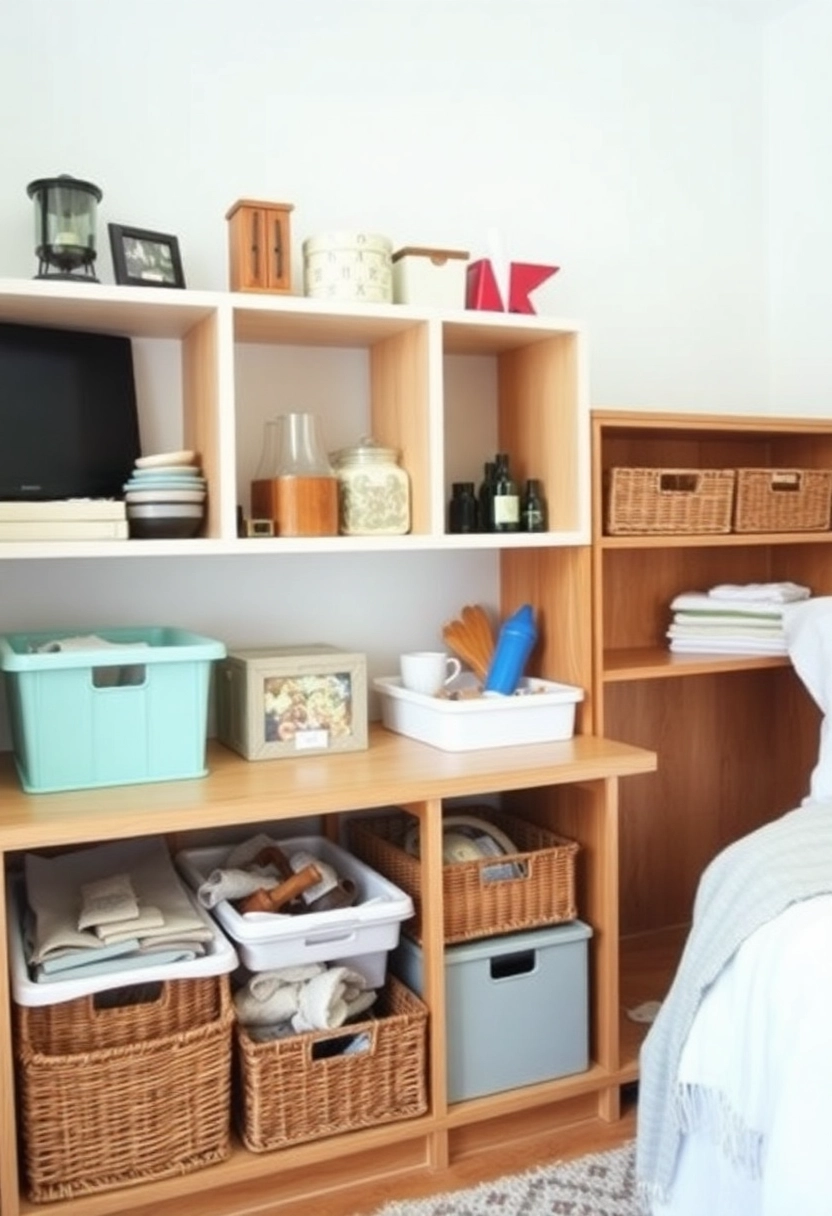
Clutter is the enemy of small spaces. To truly maximize your space, it’s essential to declutter and organize regularly. Start by going through your belongings and getting rid of anything you no longer need or use. This can be a daunting task, but it’s incredibly liberating. Once you’ve decluttered, focus on organization. Use storage solutions like baskets, bins, and drawer dividers to keep everything in its place. Labeling can also be helpful, especially in areas like the kitchen or home office.
Create Zones
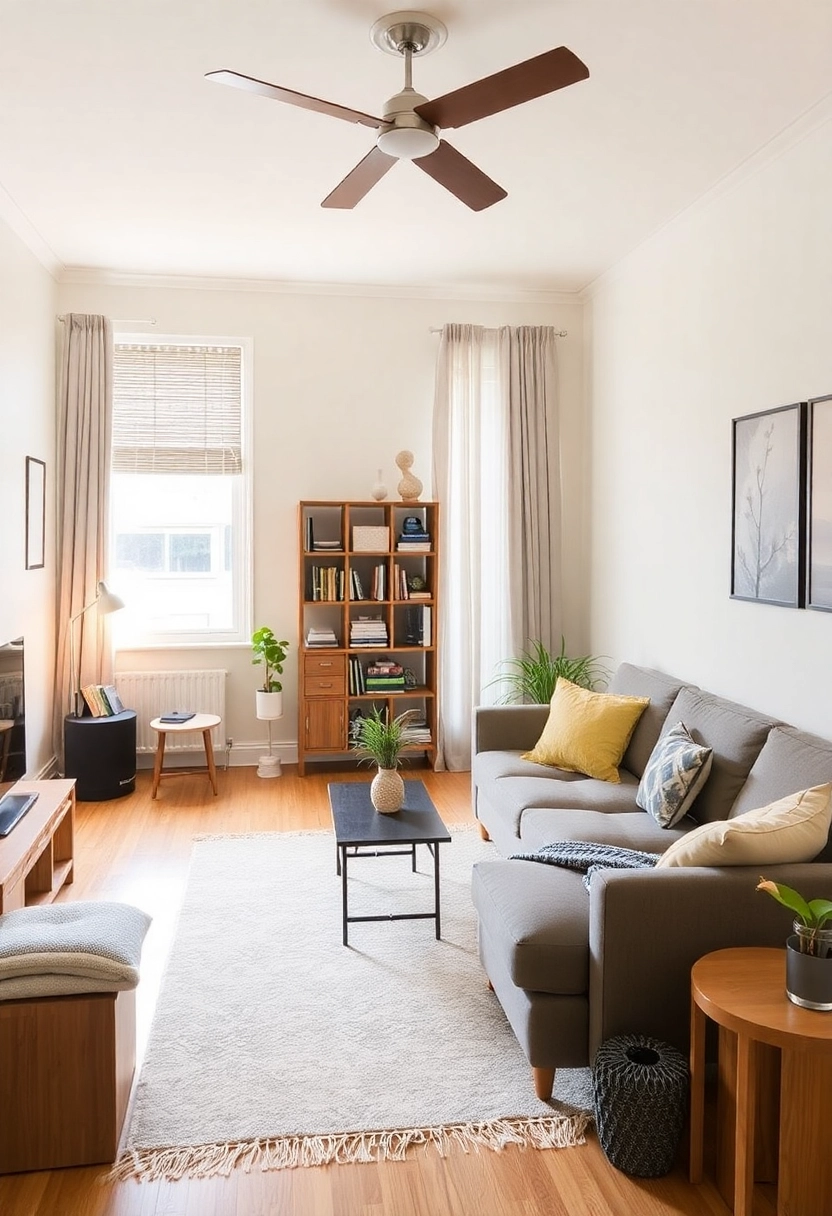
Even in a small space, it’s important to create distinct zones for different activities. This can help make your home feel more organized and functional. Use furniture and rugs to define areas like the living room, dining area, and workspace. For example, a small rug can delineate the living area, while a bookshelf can act as a divider between the living room and dining space. If you’re working with a studio apartment, consider using a folding screen or curtain to separate the sleeping area from the rest of the space. This not only adds privacy but also helps create a sense of separation between different activities.
Personal Touches
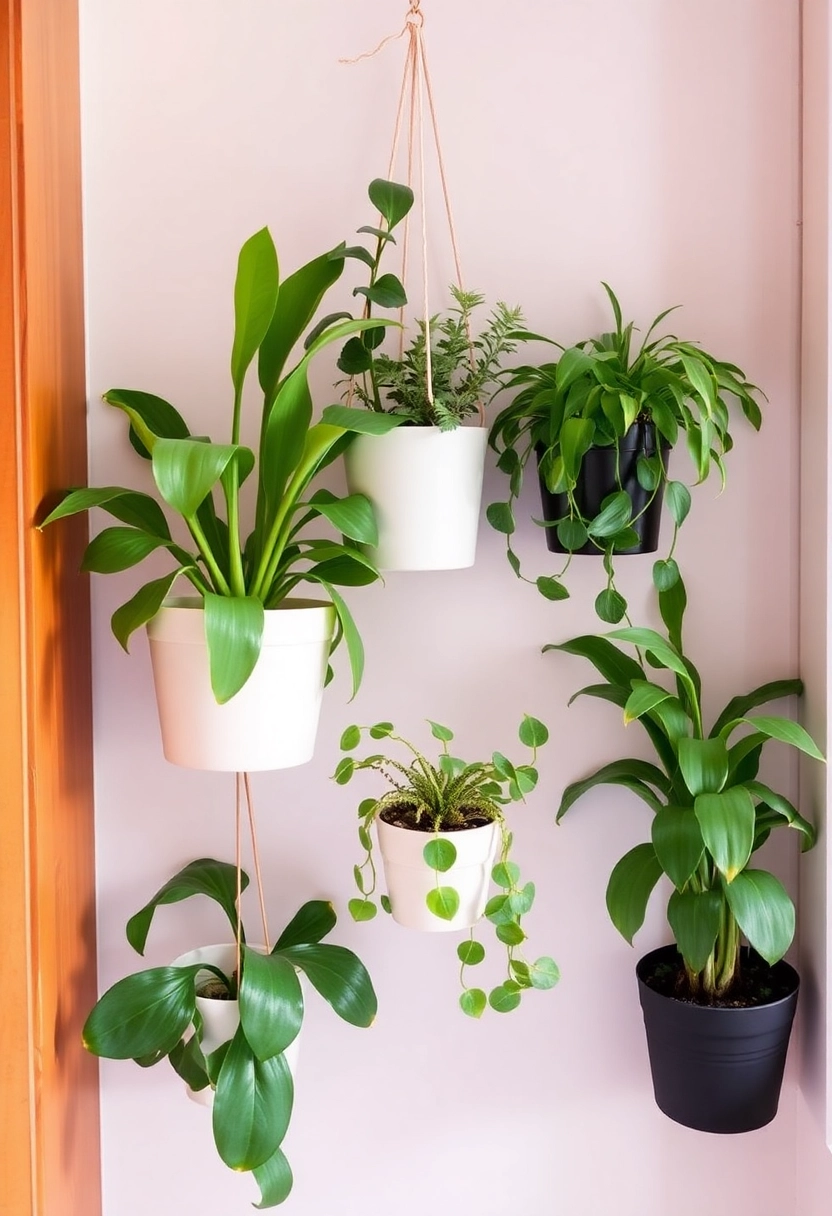
Finally, don’t forget to add personal touches to your small space. Just because you’re working with limited square footage doesn’t mean you have to sacrifice style or personality. Display your favorite artwork, photos, or souvenirs to make the space feel uniquely yours. Plants are another great way to add life and color to a small space. Choose low-maintenance varieties like succulents or snake plants that don’t require a lot of attention. Hanging planters or wall-mounted pots can save floor space while adding a touch of greenery.
Conclusion
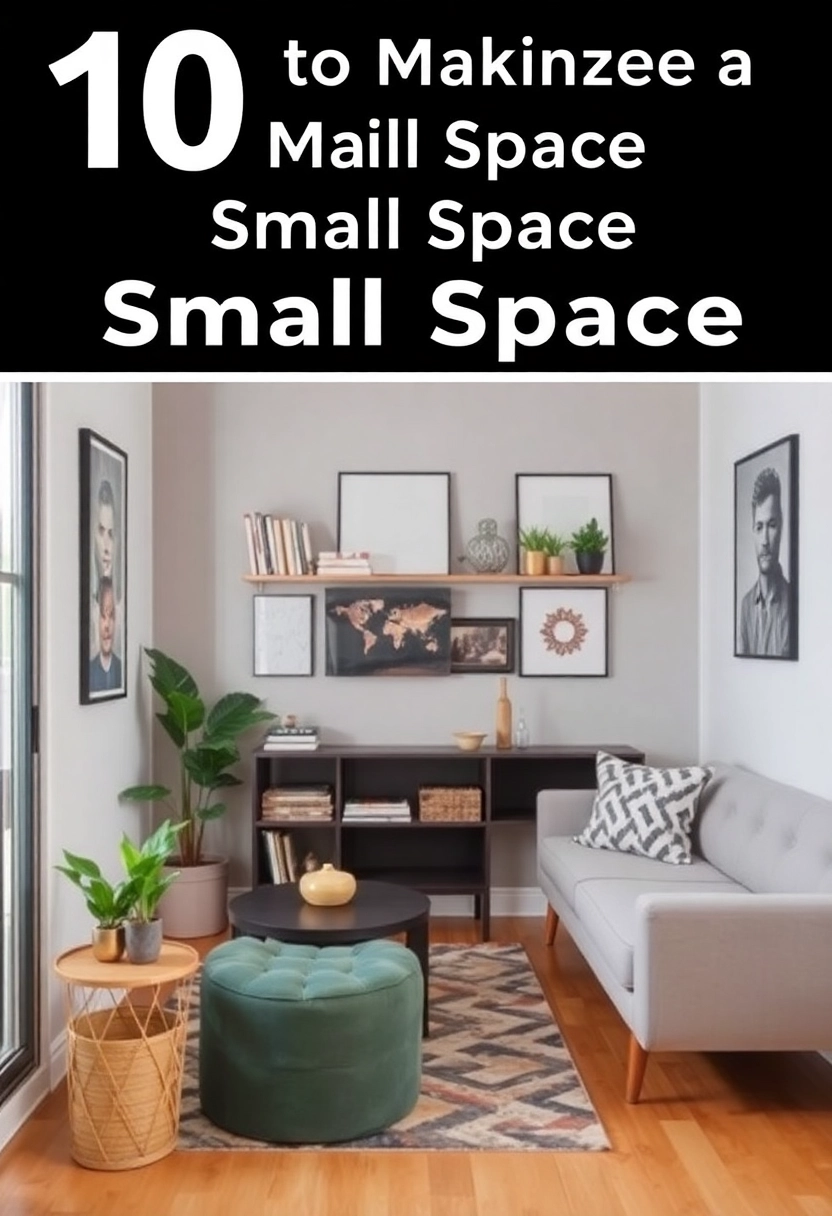
Maximizing a small space is all about creativity, organization, and making smart design choices. By understanding your space, embracing multi-functional furniture, utilizing vertical space, and incorporating light and color, you can transform even the tiniest of areas into a functional and stylish home. Remember, it’s not about the size of the space but how you use it. With these clever interior design tips, you’ll be well on your way to creating a small space that feels open, inviting, and uniquely yours. So go ahead, get creative, and make the most of your small space!

